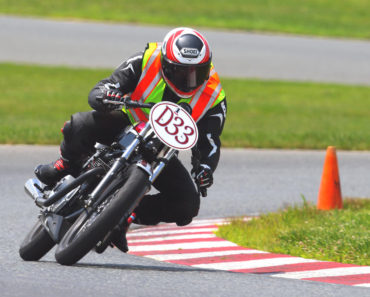
Most of us are familiar with the term “functional training.” It’s used in group fitness class descriptions, boutique studio taglines and the American Council on Exercise even has a functional training specialist certification. But what exactly is functional training?
“The term has been thrown out in the gym community pretty often, and it’s sometimes misused,” says Sarah Gawron, a strength and conditioning coach at Body Space Fitness in New York City. “To be functional training, there needs to be a purpose behind the movement and it should mimic the specific physiological demands of daily activities.”
For an athlete, these daily activities would include sport-specific movements — and some say that lifting 400 pounds overhead is “functional” for an Olympic lifter. For the rest of us, in order to be considered functional and help us conquer the motions of our day-to-day life more easily, a workout or program should include the following:
AN OVERALL GOAL OF MOVING MORE EFFICIENTLY
“People want to move better, not just get stronger or faster,” Gawron says. “Functional training builds body awareness and helps prevent injuries. If it’s a well-designed program, it will target every way we should be able to move, and you don’t need anything else.”
PERFORMING MULTI-JOINT MOVEMENTS RATHER THAN SINGLE-JOINT
No single-joint biceps curls here. Functional training is all about training movements, not muscles, so it includes exercises like squats, lunges and pushups. These all require multiple joints and muscles to work together.
WORKING IN ALL THREE PLANES OF MOVEMENT
We’re not wind-up toys. We don’t only move forward. During the course of the day, we have to move backward, side-to-side and rotate as well. Therefore functional training incorporates movement in all planes of motion: sagittal (front to back, like forward and reverse lunges), frontal (side to side, like skater hops) and transverse (rotational, like Russian twists).
BUILT IN BALANCE TRAINING
When you consider that even walking is balancing on one foot at a time, it makes perfect sense to do balance training. “In a functional program or class you will be in an unstable position and trying to create stability,” Gawron explains. You might do exercises balancing on one leg, have to hop over hurdles or do step-ups and balance on one leg at the top. This helps stabilize your joints and develops body awareness so you’re less likely to fall over outside the gym when you lose your balance.
READ MORE > 5 WAYS TO KEEP YOUR BRAIN YOUNG (NOT INCLUDING EXERCISE)
WORKING YOUR BRAIN, TOO
When you do a functional class, you may start sweating because of the physical and mental exertion. You have to think when you do these moves, and that neuromuscular training helps strengthen the connection between your brain and your muscles. This way, when you’re squatting to pick up your dog or twisting to put groceries into your car, your brain realizes “I’m doing X movement,” and knows which muscles to fire.
PERFORM THE SEVEN KEY MOVEMENTS
The exercises need to include a squat, lunge, hinge, press, pull, twist and gait movement. Here are examples of each.
- Squat: any variation of a squat
- Lunge: any variation of a lunge
- Hinge: deadlift or kettlebell swing
- Press: pushup, sled push or shoulder press
- Pull: row, pullup
- Twist: dumbbell chop or throwing a med ball sideways against a wall
- Gait: farmer’s carry or waiter’s walk
Keeping these principles in mind, you can develop your own program or assess whether your workout class is truly functional. Many HIIT, bootcamp and CrossFit classes fit the bill, so you may be training functionally — and reaping the benefits — without realizing it.
The post What The Buzz Behind Functional Training Is About appeared first on Under Armour.
(via MyFitnessPal Blog)






